Take the Money and Run
7.2 /10 1 Votes
Duration | 7.2/10 IMDb Genre Comedy, Crime Initial DVD release March 13, 2001 Language English | |||||||||||||||||||||||||||||||||
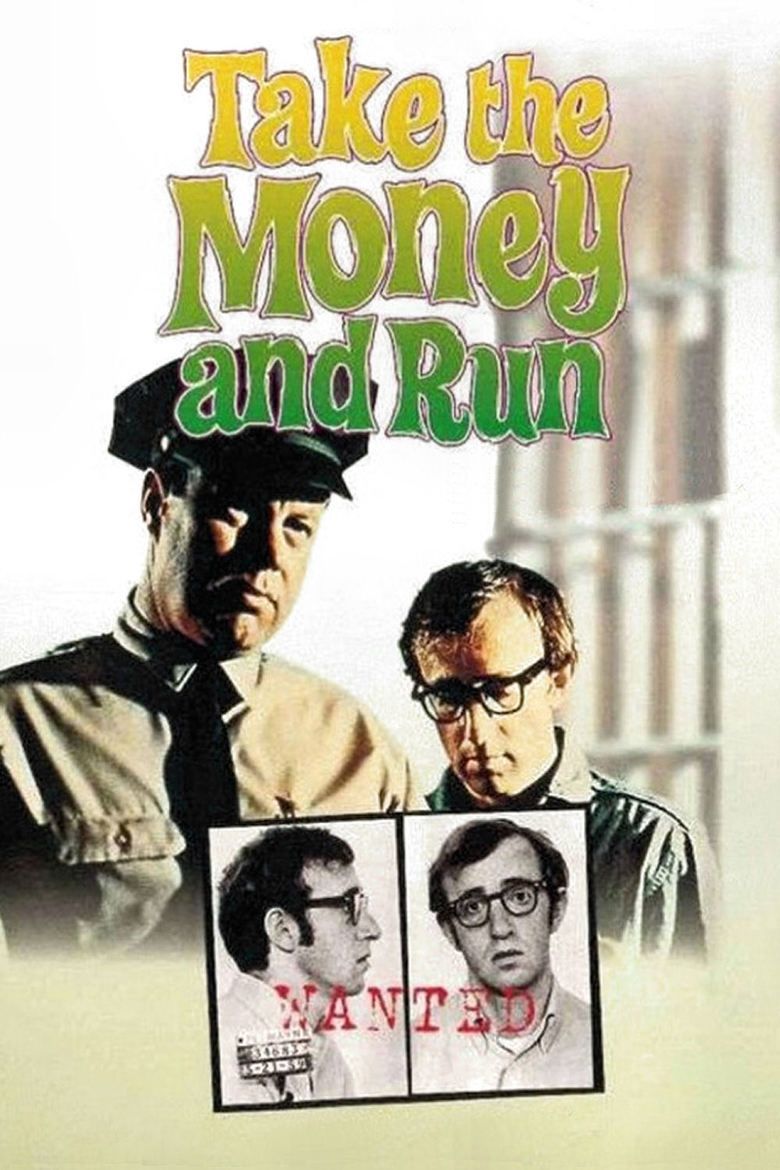 | ||||||||||||||||||||||||||||||||||
Release date August 18, 1969 (1969-08-18) Cast Woody Allen (Virgil Starkwell), (Louise), (Fritz), Jacquelyn Hyde (Miss Blair)Similar movies The Shawshank Redemption , Blackhat , Ocean's Eleven , The Wedding Ringer , Horrible Bosses 2 , Goodfellas Tagline Crime lives! | ||||||||||||||||||||||||||||||||||
Take the money and run marvin hamlisch 1969
Take the Money and Run is a 1969 American mockumentary comedy film directed by Woody Allen and starring Allen and Janet Margolin (with Louise Lasser in a small role). Written by Allen and Mickey Rose, the film chronicles the life of Virgil Starkwell (Woody Allen), an inept bank robber.
Contents
- Take the money and run marvin hamlisch 1969
- Take the money and run 1969 trailer
- Plot
- Cast
- Production
- Box office
- Critical response
- Awards and honors
- DVD
- References
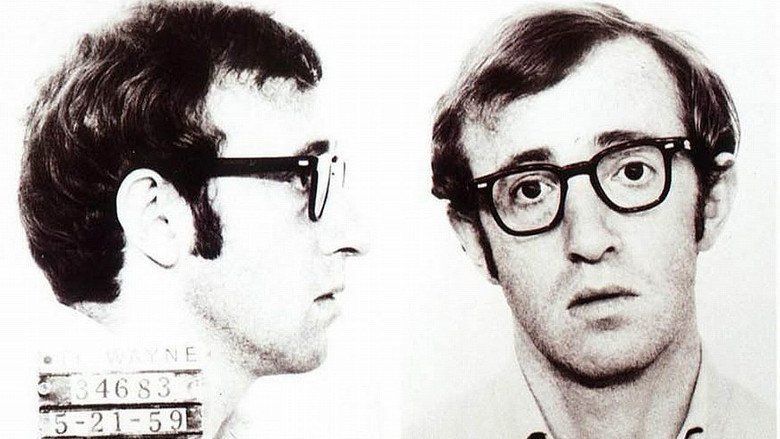
Filmed in San Francisco and San Quentin State Prison, Take the Money and Run received Golden Laurel nominations for Male Comedy Performance (Woody Allen) and Male New Face (Woody Allen), and a Writers Guild of America Award nomination for Best Comedy Written Directly for the Screen (Woody Allen, Mickey Rose).
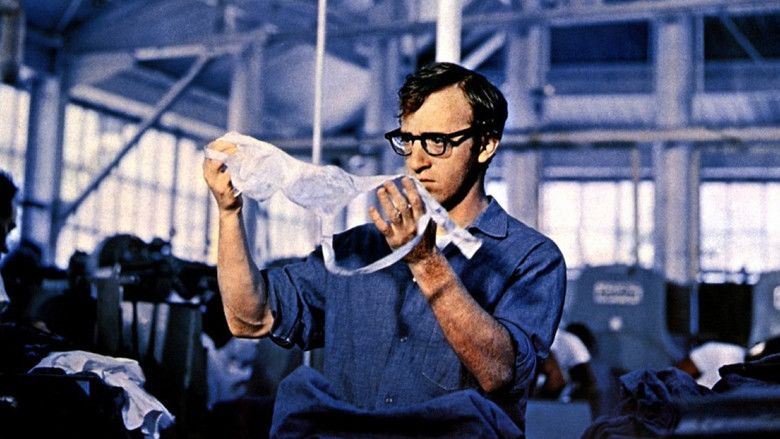
Take the money and run 1969 trailer
Plot
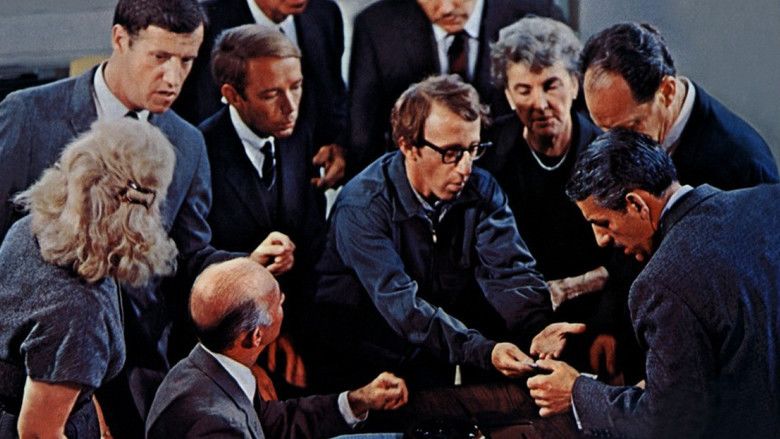
Virgil Starkwell's (Woody Allen) story is told in documentary style, using both stock footage and interviews with people who knew him. He begins a life of crime at a young age. As a child, Virgil is a frequent target of bullies, who snatch his glasses and stomp on them on the floor. As an adult, Virgil is inept and unlucky, and both police and judges ridicule him by stomping on Virgil's glasses.
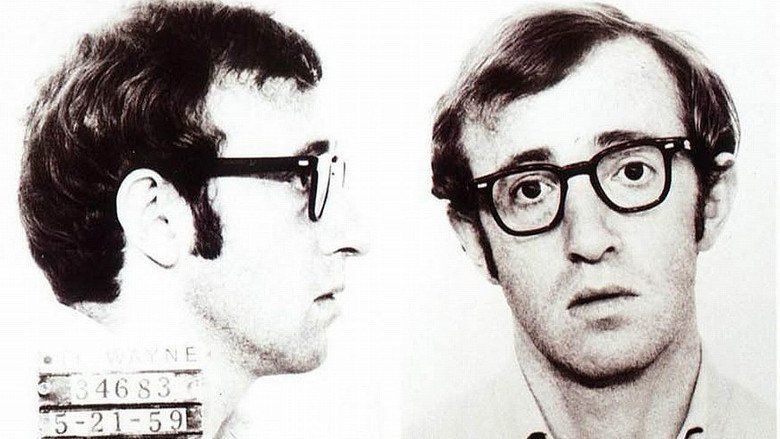
Virgil falls in love with a young lady, Louise (Janet Margolin), a laundry worker, and they live together. They even have a baby.
Virgil is arrested for trying to rob a bank after handing to a teller a threatening note with the word "gun" misspelled. He is sent to prison, but attempts an escape using a bar of soap carved to resemble a gun. Unfortunately for him, it was raining outside and his gun dissolves. He does escape, but by accident. Joining a mass breakout plan, Virgil is the only inmate not warned that the scheme had been called off.
Outside but unemployed, Virgil finds no way to support himself and his family. Eventually he is rearrested and sent to a chain gang, where he is undernourished (the single meal of the day is a bowl of steam) and brutally punished (consigned to a steam box with an insurance salesman).
Virgil again escapes but is eventually captured when attempting to rob a former friend who reveals he is now a cop. He is sentenced to 800 years, but remains upbeat knowing that "with good behavior, I can get that cut in half". In the last scene, he is shown carving a bar of soap and asking the interviewer if it is raining outside.
Cast
Production
This was the second film directed by Woody Allen, and the first with original footage (after What's Up, Tiger Lily?, which consisted of visuals taken from a Japanese James Bond knockoff). He had originally wanted Jerry Lewis to direct, but when that did not work out, Allen decided to direct it himself. Allen's decision to become his own director was partially spurred on by the chaotic and uncontrolled filming of Casino Royale (1967), in which he had appeared two years previously. This film marked the first time Allen would perform the triple duties of writing, directing, and acting in a film. The manic, almost slapstick style is similar to that of Allen's next several films, including Bananas (1971) and Sleeper (1973).
Allen discussed the concept of filming a documentary in an interview with Richard Schickel:
Take the Money and Run was an early pseudo-documentary. The idea of doing a documentary, which I later finally perfected when I did Zelig was with me from the first day I started movies. I thought that was an ideal vehicle for doing comedy, because the documentary format was very serious, so you were immediately operating in an area where any little thing you did upset the seriousness and was thereby funny. And you could tell your story laugh by laugh by laugh... The object of the movie was for every inch of it to be a laugh.
The film was shot on location in San Francisco, including one scene set in Ernie's restaurant, whose striking red interior was immortalized in Alfred Hitchcock's Vertigo (1958). Other scenes were filmed at San Quentin State Prison, where 100 prisoners were paid a small fee to work on the film. The regular cast and crew were stamped each day with a special ink that glowed under ultra-violet light so the guards could tell who was allowed to leave the prison grounds at the end of the day. (One of the actors in the San Quentin scenes was Micil Murphy, who knew the prison well: he served five and a half years there, for armed robbery, before being paroled in 1966.)
Allen initially filmed a downbeat ending in which he was shot to death, courtesy of special effects from A.D. Flowers. Reputedly the lighter ending is due to the influence of Allen's editor, Ralph Rosenblum, in his first collaboration with Allen.
Box office
By 1973, the film had earned rentals of $2,590,000 in North America and $450,000 in other countries. After all costs were deducted, it reported a loss of $610,000.
Critical response
The film received mostly positive reviews. Vincent Canby of The New York Times described it as "a movie that is, in effect, a feature-length, two-reel comedy—something very special and eccentric and funny", even though toward the end "a certain monotony sets in" with Allen's comedy rhythm. In his later review of Annie Hall, Canby revised his opinion of Take the Money and Run, stating "Annie Hall is not terribly far removed from Take the Money and Run, his first work as a triple-threat man, which is not to put down the new movie but to upgrade the earlier one."
Roger Ebert of the Chicago Sun-Times found the film to have many funny moments, but "in the last analysis it isn't a very funny movie", with the fault lying with its visual humor and editing. In October 2013, the film was voted by the Guardian readers as the sixth best film directed by Woody Allen.
On the review aggregator web site Rotten Tomatoes, the film holds a 90% positive rating from top film critics based on 18 reviews, with one of the two negative reviews coming from Roger Ebert. The film holds a 77% positive audience rating based on 11,375 ratings.
Awards and honors
The film is recognized by American Film Institute in these lists:
DVD
Take the Money and Run was released to DVD by MGM Home Video on July 6, 2004 as a Region 1 fullscreen DVD.
References
Take the Money and Run WikipediaTake the Money and Run IMDb Take the Money and Run themoviedb.org
